第3页 共8页 第4页 共8页
There was a long pause. After he had dried his face, the boy turned around. The door was open. He could
run!
After a while the woman said, “I was young once and I wanted things I could not get. I have done things
too, which I would not tell anybody else, son.” There was another long pause. The boy’s mouth opened.
Then Mrs. Jones went to do the cooking. She did not watch the boy to see if he was going to run, nor
did she watch her purse left behind her. She did not ask him anything about where he lived, or his folks.
Instead, as they ate, she told him a lot about her job in a hotel shop and how all kinds of people came in and
out. She cut him another piece of her cake.
When they finished eating, she got up and said, “Now, here, take this ten dollars and buy yourself some
blue shoes. Do not make the mistake, because shoes come by devilish ways like that will burn your feet.”
She led him to the front door. “Good night! Behave yourself, son!” she said, looking out into the street.
5.How did Mrs. Jones react after catching Roger?
A.She called the police.
B.She scolded him seriously.
C.She ignored him.
D.She took him home.
6.Roger felt ________ when hearing Mrs. Jone’s past.
7.What might Roger have learned from his encounter with Mrs. Jones?
A.Crime is never justified.
B.People can be understanding.
C.Strong people are intimidating.
D.Money is the only solution.
C
Time is one of humanity’s greatest blind spots. We experience it as days, months or years. But nature
functions on much grander scales, measured in centuries, and even longer phases often grouped as “deep
time.” Human’s shortsightedness around time creates major limits on modern conservation. As the climate
and biodiversity crises accelerate, we are urgently working to protect and regenerate ecosystems without
understanding how they functioned when they were truly doing well. A deep time perspective can help change
that.
Take forest management. For decades, our practices called for all-out prevention of even the mildest
forest fires, believing that fire was bad for both people and nonhuman nature. Until recently we ignored the
forest management strategies indigenous(土著的)communities had successfully used for centuries, in
particular the application of small-scale controlled burns. Fire, it turns out, has always been an integral
ingredient in healthy forest ecosystems, promoting new growth by thinning the understory. Today, we are
beginning to see widespread application of indigenous knowledge to forest management, tapping into this
ancient wisdom.
But how can we know what an ecosystem looked like centuries ago? One pathway is through modern
mathematical modeling. We have married it with streams of long-term data and discovered a possible way to
preserve the ecosystem of California’s kelp forest. By examining how North Pacific kelp forests existed long
before the 19th century, we found that we have ignored the presence of a keystone species — the Steller’s
Sea cow, and its role in maintaining the harmony of this ecosystem.
Our model described the interactions between giant kelp and understory algae competing for light and
space on the seafloor. Then we ran the model again, but this time with the Steller’s Sea cow added in. These
mammals fed on the leaves from the upper kelp layers. This allowed light to reach the sea bottom, which in
turn stimulated the growth of not only the kelp but other kinds of organisms. In re-creating that vanished
historical system that included the Steller’s Sea cow, we could see a more diverse forest where the understory
competed better with kelp.
In short, what we assume we know about an ecosystem based on the recent past may impede our ability
to fully understand and protect it. To ensure that our boldest conservation efforts are successful, we must
begin looking at time as an essential tool.
8.What is a major barrier to effective conservation efforts, according to the passage?
A.The growing biodiversity crisis.
B.Hesitation to adopt a deep time viewpoint.
C.Insufficient understanding of deep time.
D.Unawareness of management techniques.
9.What does “keystone species” most likely mean in paragraph 3?
A.A species that is at the top of the food chain.
B.A species that is rarely found in an ecosystem.
C.A species that is invasive and harmful to the environment.
D.A species that plays a crucial role in maintaining the structure of an ecosystem.
10.From the passage, we can conclude that .
A.the neglect of the Steller’s Sea cow caused ecological disruption
B.the Steller’s Sea cows promoted growth in the understory
C.there’s a current emphasis on preventing fires instead of using controlled burns
D.mathematical modeling is more important than traditional knowledge
11.What is the primary focus of the passage?
A.The negative effects of modern forest management practices.
B.The role of indigenous knowledge in ecosystem management.
C.The significance of climate change on biodiversity.
D.The importance of understanding historical ecosystems for conservation.
D
When was the last time you listened to someone? And when was the last time someone really listened
to you? I once asked people what it meant to be a good listener. The typical response was a blank stare.
Of course, technology plays a role. People find phone calls interrupting them, preferring text or wordless
emoji. Besides, schools and colleges rarely offer classes or activities that teach careful listening. You can join
clubs to perfect your public speaking, but who attempts to achieve excellence in listening? The loud
unpleasant mixture of sounds of modern life also stops us from listening.
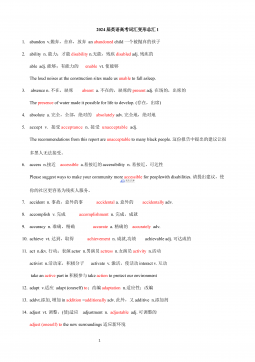
 2024-12-06 4
2024-12-06 4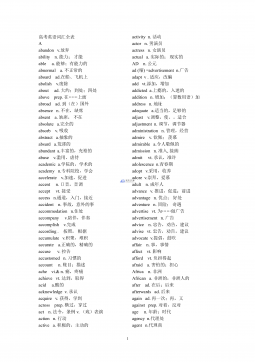
 2024-12-06 11
2024-12-06 11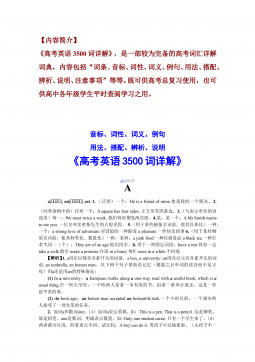
 2024-12-06 29
2024-12-06 29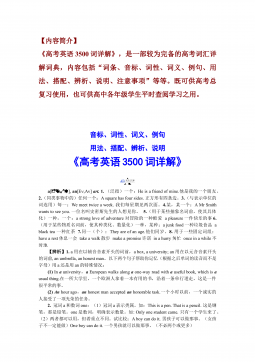
 2024-12-06 26
2024-12-06 26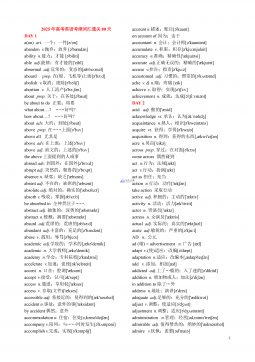
 2024-12-06 29
2024-12-06 29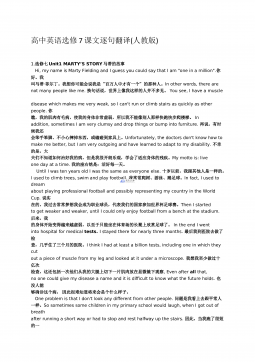
 2024-12-06 11
2024-12-06 11
 2024-12-06 35
2024-12-06 35
 2024-12-06 12
2024-12-06 12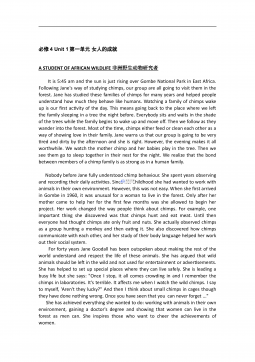
 2024-12-06 39
2024-12-06 39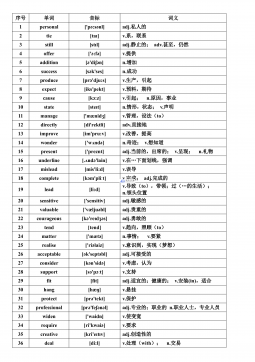
 2024-12-06 27
2024-12-06 27






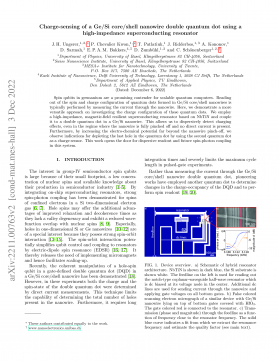
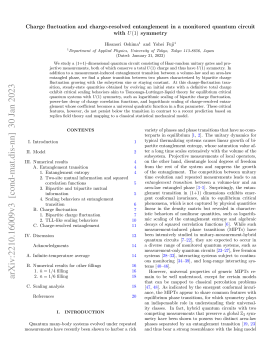
 渝公网安备50010702506394
渝公网安备50010702506394
